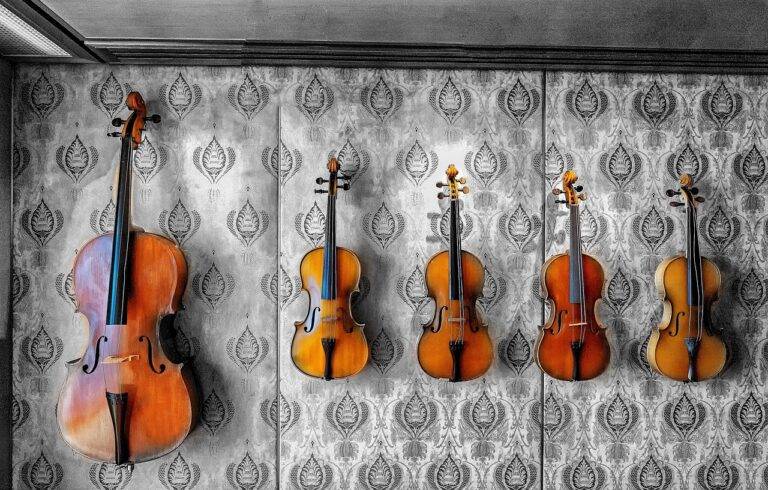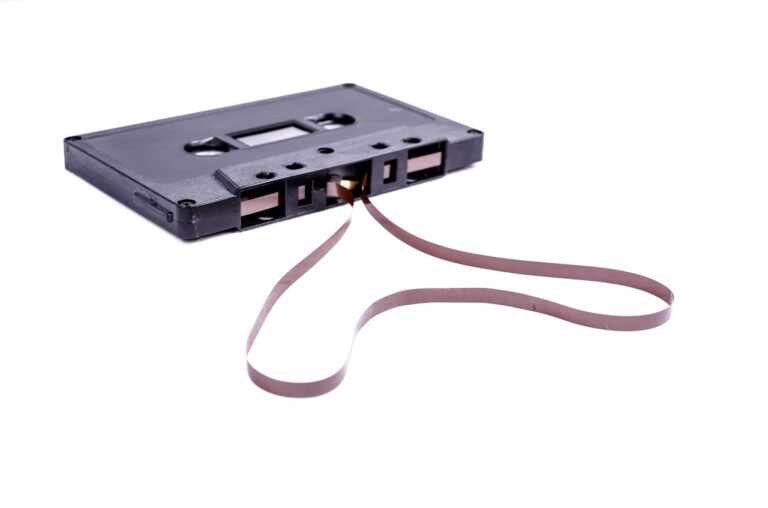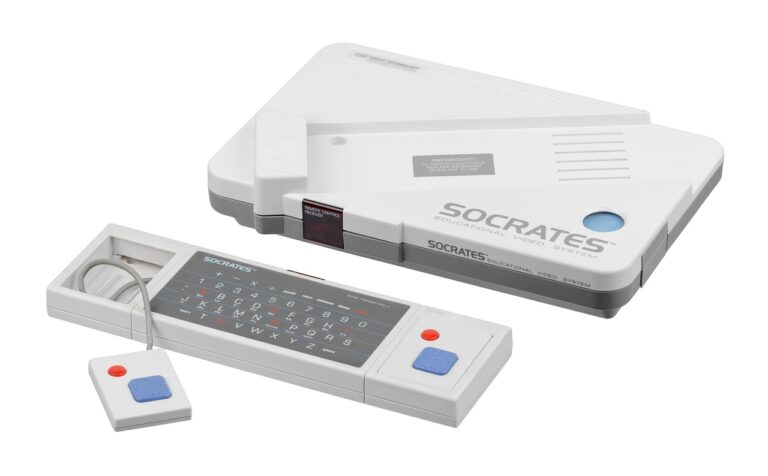Visual Effects in Virtual Reality Sustainable Architecture: Designing Eco-Friendly Buildings
cricket bet 999 login, 11x play online, betbhai9 register:Visual Effects in Virtual Reality Sustainable Architecture: Designing Eco-Friendly Buildings
In today’s rapidly changing world, the need for sustainable architecture has become increasingly important. One way that architects and designers are exploring innovative solutions is through virtual reality technology. By incorporating visual effects into virtual reality simulations, architects can explore eco-friendly design options that minimize the environmental impact of buildings.
Designing eco-friendly buildings using virtual reality technology allows architects to visualize the impact of their decisions in real-time. By immersing themselves in a virtual environment, designers can see how different materials, lighting, and layouts affect energy consumption and environmental sustainability. This level of detail and interactivity can help architects make informed decisions that prioritize sustainability without sacrificing aesthetic appeal.
Virtual reality technology also allows architects to experiment with alternative energy sources, such as solar panels and wind turbines. By integrating these elements into virtual reality simulations, designers can assess the potential energy output of renewable energy systems and make adjustments to optimize performance. This hands-on approach to sustainable design can lead to more efficient and cost-effective solutions that benefit both the environment and the building occupants.
In addition to energy efficiency, virtual reality technology can also help architects explore green building materials and construction methods. By digitally prototyping eco-friendly materials, such as recycled steel, reclaimed wood, and non-toxic finishes, designers can ensure that their buildings are both environmentally responsible and aesthetically pleasing. Virtual reality simulations can also be used to test the durability and longevity of green materials, helping architects make informed decisions about the lifespan of their designs.
By leveraging visual effects in virtual reality, architects can create immersive experiences that showcase the benefits of sustainable architecture. From green roofs and living walls to passive heating and cooling systems, virtual reality simulations can help designers communicate the environmental benefits of their projects to clients, stakeholders, and the general public. By visually demonstrating the positive impact of sustainable design, architects can inspire others to embrace eco-friendly practices and contribute to a more sustainable future.
FAQs:
Q: How does virtual reality technology enhance sustainable architecture?
A: Virtual reality technology allows architects to visualize and experiment with eco-friendly design options in a realistic and interactive way, leading to more informed decisions that prioritize sustainability.
Q: What are some examples of sustainable design elements that can be explored using virtual reality?
A: Architects can use virtual reality technology to test energy-efficient lighting, green building materials, renewable energy systems, and passive heating and cooling strategies.
Q: How can visual effects in virtual reality help architects communicate the benefits of sustainable architecture to clients and stakeholders?
A: By creating immersive experiences that showcase the environmental benefits of sustainable design, architects can inspire others to embrace eco-friendly practices and contribute to a more sustainable future.







